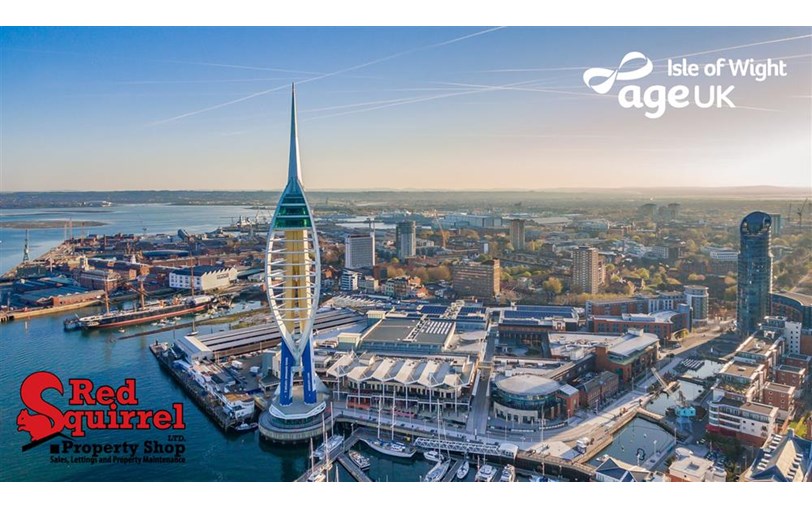
15 daring fundraisers, aged from 18 years old to 78, experienced an amazing adrenaline rush as they took on a 100-metre descent down the side of Portsmouth’s iconic landmark, The Emirates Spinnaker Tower in aid of Age UK Isle of Wight!
15 daring fundraisers, aged from 18 years old to 78, experienced an amazing adrenaline rush as they took on a 100-metre descent down the side of Portsmouth’s iconic landmark, The Emirates Spinnaker Tower in aid of Age UK Isle of Wight on the 5th June 2021!
As event sponsors our very own Manging director Charlie Panayi and Sales administrator Clarice Johnson challenged themselves as they took on a 100-metre descent down the side of Portsmouth’s iconic landmark. It is safe to say it was certainly an experience!
The weather was perfect, a clear and sunny day giving spectacular aerial views to all involved so we could really enjoy the experience that little bit more!
A grand total of £5,312 was raised by all that completed the daring descent!
Elisha Leachman, Fundraising Manager at Age UKIW, said: “We are extremely grateful to all of the incredible fundraisers, some of which had to wait almost two years to do the challenge they signed up for! We were so excited to be able to host events again and are so glad that the stars aligned for a perfect day for our abseiler’s, thank you to everyone involved and that helped to support this day to be a success!”
Charlie Panayi our Managing director who took part in the challenge said: "I am delighted that we were able to sponsor such a great event! I am absolutely petrified of heights therefore it was certainly a challenge for myself; but I am so glad that I addressed my fear and completed the abseil. To raise a total of £5,312 is amazing especially for such a great local charity. A big thank you to Elisha at Age UKIW who facilitated the event, to all individuals that participated and to those who donated/ sponsored...Bring on the next challenge"
You can see images and videos of the fearless fundraisers online at www.ageukiw.org.uk and if you are interested in ticking an Abseil off your bucket list next year please contact Age UKIW’s Fundraising Department by calling (01983) 525282 or by emailing

